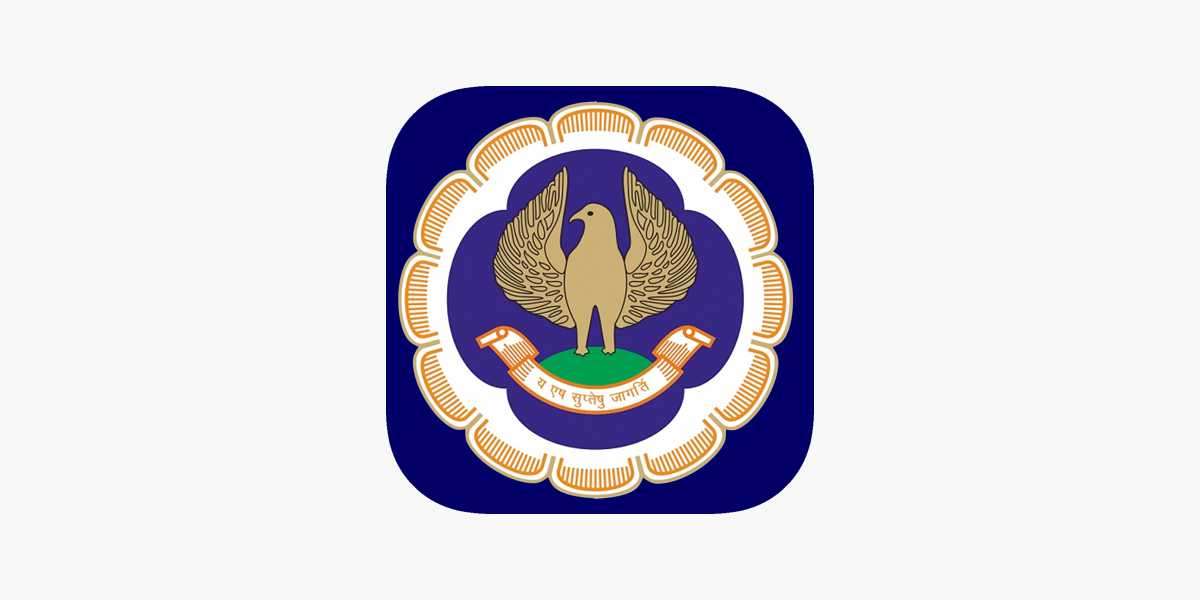In today's fast-paced world, it's crucial to ensure that professionals, especially those in critical roles like Chartered Accountants (CAs), possess the qualifications and credentials they claim. Verifying the status of a Chartered Accountant is a fundamental step in maintaining transparency and trust in financial transactions and reporting. Fortunately, technological advancements have made this process simpler than before. In this article, we'll explore the importance of verifying the status of a CA online and delve into the role of CA Verification APIs in streamlining this verification process.
Importance of Verifying a Chartered Accountant's Credentials
Chartered Accountants play a pivotal role in ensuring the financial health and compliance of businesses and individuals. They are responsible for auditing financial statements, providing financial advice, and ensuring adherence to tax laws and regulations. As such, it is imperative to verify the authenticity of a CA's credentials for various reasons:
Trust and Credibility: Verifying a CA's status establishes trust and credibility in financial dealings. Clients, employers, and regulatory bodies need assurance that they are working with a qualified and authorized professional.
Compliance and Accountability: In many countries, CAs are required to adhere to strict ethical and professional standards. Verifying their credentials helps ensure that they are accountable for their actions and decisions.
Risk Mitigation: Businesses often rely on CAs to make critical financial decisions. Verifying their credentials reduces the risk of fraudulent activities or negligent practices.
Regulatory Compliance: Regulatory bodies may require proof of a CA's qualifications and membership for various filings and audits. Accurate verification simplifies compliance with these requirements.
The Role of CA Verification APIs
In an increasingly digital world, traditional methods of verifying a CA's credentials, such as contacting regulatory bodies or manually checking certificates, can be time-consuming and cumbersome. This is where CA Verification APIs come into play. These application programming interfaces enable quick and efficient online verification of a CA's status. Here's how CA Verification APIs can help streamline the process:
Real-time Verification: CA Verification APIs provide real-time access to databases maintained by regulatory bodies, professional associations, or institutions. This means that you can instantly verify a CA's status without delays.
Accuracy and Reliability: API-based verification ensures the accuracy and reliability of information. The data retrieved is up-to-date and directly from official sources, reducing the risk of errors or fraud.
User-Friendly: Many CA Verification APIs are user-friendly and integrate seamlessly into websites, applications, or online platforms. This makes it easy for individuals, businesses, and organizations to perform verifications without technical expertise.
Cost and Time Efficiency: By automating the verification process, CA Verification APIs save both time and resources. There's no need for manual data entry or processing, resulting in cost savings and improved efficiency.
Scalability: CA Verification APIs can be scaled to handle a high volume of verifications, making them suitable for businesses and organizations with varying needs.
Enhanced Security: API-based verifications are often secured with encryption and other security measures, ensuring the confidentiality of sensitive information.
How CA Verification APIs Work
CA Verification APIs work by connecting to the databases or systems maintained by regulatory bodies or professional associations. Here is a brief description of how it works:
Request: A user or system initiates a verification request by providing the necessary details of the CA, such as their name, membership number, or registration details.
API Communication: The request is sent to the CA Verification API, which communicates with the relevant database or system.
Data Retrieval: The API retrieves the CA's information from the authoritative source in real-time.
Verification Response: The API sends a response back to the user or system, indicating the verification status and providing additional details if necessary.
Logging and Recordkeeping: Many CA Verification APIs offer logging and recordkeeping features, allowing users to maintain a history of verifications for compliance and audit purposes.
Conclusion
Verifying the status of a Chartered Accountant online is a critical step in ensuring trust, transparency, and compliance in financial transactions and reporting. CA Verification APIs have emerged as a valuable tool in streamlining this process, offering real-time access to authoritative sources, accuracy, efficiency, and enhanced security. As technology continues to advance, these APIs will play an increasingly vital role in maintaining the integrity of the financial industry and safeguarding the interests of businesses, individuals, and regulatory bodies alike. So, the next time you need to verify a CA's credentials, rest assured that technology has your back with CA Verification APIs.





